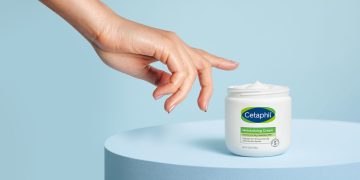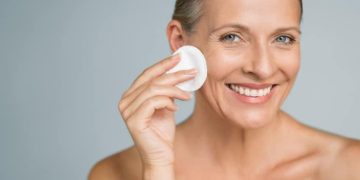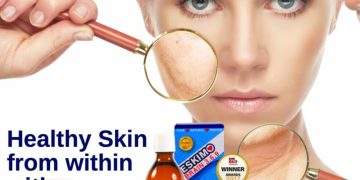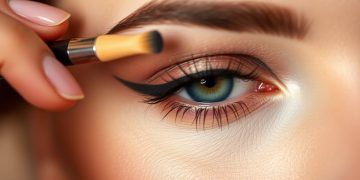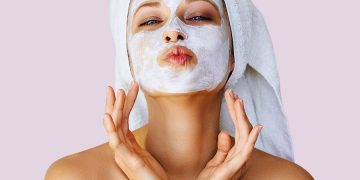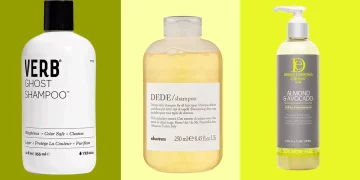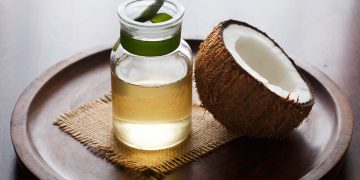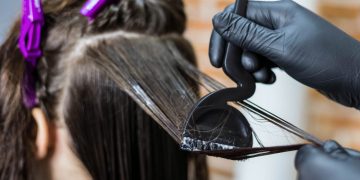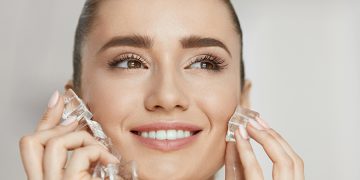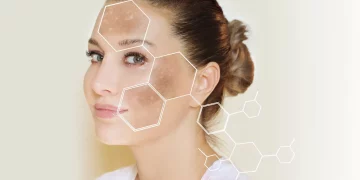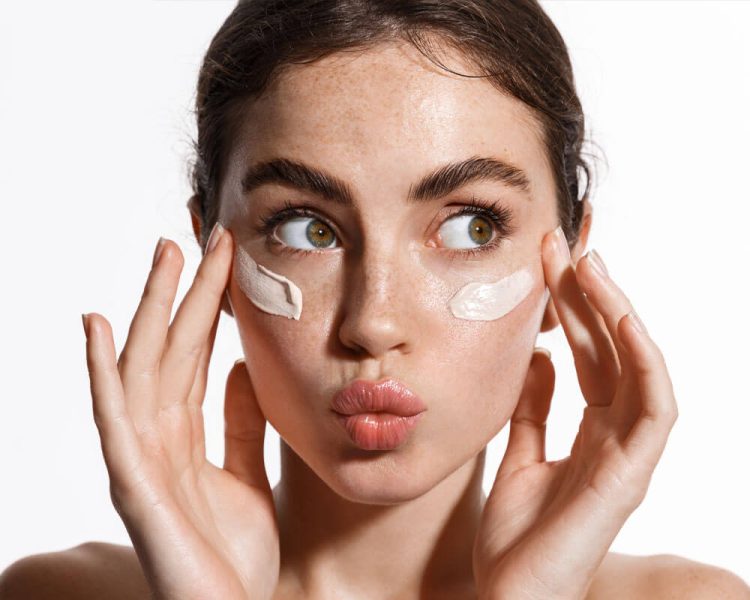Introduction: The Heart of Healthy Skin
Your skin is your body’s largest organ. It protects you from environmental stressors, regulates temperature, and acts as a barrier to harmful microorganisms. But the key to maintaining healthy, radiant skin lies in a simple yet crucial step—cleansing. You’ve probably heard that washing your face is important, but the real question is: Are you cleansing it properly?
The Basics of Skin Cleansing
Before we dive into the how, let’s understand why. Cleansing is the first and most important step in your skincare routine. It removes dirt, oil, makeup, dead skin cells, and pollution that accumulate on the skin’s surface. Without cleansing, these impurities can clog pores, lead to breakouts, and hinder the absorption of skincare products.
The Skin’s Natural Barrier
Your skin’s outermost layer, the stratum corneum, forms a barrier that protects against external aggressors. Cleansing should respect this barrier, not strip it away. Over-cleansing or using harsh products can damage this natural defense, leading to irritation, sensitivity, and dryness. Thus, it’s important to choose a cleanser that works in harmony with your skin.
How to Choose the Right Cleanser for Your Skin Type
Not all cleansers are created equal. The cleanser you use should be suited to your skin type and concerns. Here’s a breakdown:
For Oily Skin:
Gel-based cleansers with a refreshing, foamy texture are ideal. They help to break down excess oil and prevent clogging of pores. Look for ingredients like salicylic acid or charcoal to help control shine and balance oil production.
For Dry Skin:
Cream or oil-based cleansers are gentle and hydrating. These cleansers remove dirt without stripping away essential oils. Look for ingredients like glycerin, hyaluronic acid, or ceramides to replenish moisture.
:max_bytes(150000):strip_icc()/byr-sofie-pavitt-clean-clean-cleanser-star-donaldson-before-after-tout-10e4276f43b541c4a3bb0b2a0449b17f.jpg)
For Sensitive Skin:
Non-foaming cleansers with minimal ingredients are best for sensitive skin. Avoid fragrances, alcohol, and harsh exfoliants. Aloe vera or chamomile extracts are soothing and calming.
For Combination Skin:
A mild foaming cleanser or a balancing gel can be a good option. It cleanses the oily T-zone while still being gentle on the drier areas of the face.
For Acne-Prone Skin:
Cleansers containing benzoyl peroxide, salicylic acid, or tea tree oil can help to control acne and prevent future breakouts. Be cautious of overuse, as these ingredients can be drying.
The Correct Cleansing Technique
It’s not just about what you use but how you use it. Here’s a step-by-step guide to ensure you’re cleansing properly:
- Wash Your Hands: It sounds basic, but clean hands are essential. Touching your face with dirty hands can transfer bacteria, leading to potential breakouts.
- Use Lukewarm Water: Extreme temperatures (too hot or too cold) can irritate your skin. Lukewarm water helps to open up pores, allowing the cleanser to work more effectively.
- Massage Gently: Avoid harsh scrubbing. Instead, use gentle circular motions to massage the cleanser into your skin. This promotes blood circulation and ensures a thorough cleanse.
- Focus on Problem Areas: Pay extra attention to areas where oil, makeup, or buildup accumulate, such as the T-zone, jawline, and hairline.
- Rinse Thoroughly: Don’t leave any residue behind. Cleansing agents left on the skin can lead to irritation. Use a soft, clean towel to pat your skin dry afterward.
- Double Cleanse (If Needed): If you wear heavy makeup, sunscreen, or have been exposed to pollutants, a double cleanse is recommended. Start with an oil-based cleanser to break down makeup and follow with a water-based cleanser to remove any remaining impurities.
How Often Should You Cleanse?
Cleansing too often can damage the skin’s natural moisture barrier, while cleansing too infrequently can lead to buildup. The ideal frequency depends on your skin type and daily activities:
- Morning and night: For oily, combination, or acne-prone skin.
- Morning only: For dry or sensitive skin, as your skin doesn’t accumulate as much oil overnight.
- Nighttime: If you wear makeup or sunscreen regularly.
In general, once or twice a day is optimal. Avoid over-cleansing, as it can lead to dryness, irritation, and compromised skin health.
Exfoliation: A Key to Deeper Cleansing
While cleansing removes surface dirt, exfoliation digs deeper. Exfoliating removes dead skin cells, allowing your cleanser to penetrate better and your skin to glow. However, over-exfoliating can lead to skin sensitivity.
Physical vs. Chemical Exfoliants
- Physical Exfoliants: These include scrubs with beads or particles that manually slough off dead skin. While effective, they can be abrasive and cause micro-tears in the skin if used too aggressively.
- Chemical Exfoliants: These include AHAs (Alpha Hydroxy Acids) and BHAs (Beta Hydroxy Acids). They break down dead skin cells without friction. AHAs (like glycolic or lactic acid) are great for dry or sun-damaged skin, while BHAs (like salicylic acid) penetrate pores, making them ideal for oily or acne-prone skin.
For best results, exfoliate 2-3 times per week, depending on your skin’s needs.
The Role of Toners
Toners have long been misunderstood as simply a way to remove any leftover residue after cleansing. While some toners can be drying, there are those designed to hydrate, balance pH levels, and add a layer of nourishment.
A gentle hydrating toner with ingredients like rose water or witch hazel can be a beneficial addition to your routine, especially if you have sensitive skin.
The Common Cleansing Mistakes to Avoid
Even with the best intentions, common mistakes can sabotage your skin-cleansing routine. Here’s what to avoid:
1. Using the Wrong Cleanser
Don’t just pick up any cleanser off the shelf—know your skin type and concerns. A product that’s too harsh or not effective for your skin can cause more harm than good.

2. Over-Cleansing
It’s tempting to scrub your skin for that squeaky-clean feeling, but over-cleansing can strip your skin of natural oils, leading to dryness, irritation, and even breakouts.
3. Skipping the Neck and Décolletage
Your face doesn’t end at your chin. Remember to cleanse your neck and décolletage area, as they can show signs of aging, sun damage, and buildup, just like your face.
4. Using Hot Water
Hot water may feel relaxing, but it can damage your skin’s barrier. Always go for lukewarm water.
5. Not Removing Makeup Thoroughly
It’s crucial to remove all makeup at the end of the day, especially if you wear waterproof products. Leftover makeup can clog pores and lead to breakouts.
Should You Use a Facial Brush?
Facial brushes have become a popular tool in skincare routines, but are they necessary? They can be helpful for a deeper clean, especially for individuals with oily or acne-prone skin. However, if not used properly, they can irritate the skin.
Tips for Using a Facial Brush:
- Choose a brush with soft bristles.
- Use it gently—don’t apply too much pressure.
- Clean the brush regularly to prevent bacteria buildup.
Beyond Cleansing: The Full Skincare Routine
Cleansing is just the beginning. After cleansing, your skin is more receptive to the products that follow. A complete skincare routine might look like this:
- Cleanser – To remove impurities.
- Toner – To balance and hydrate.
- Serum – Target specific concerns like wrinkles, acne, or hyperpigmentation.
- Moisturizer – To lock in hydration.
- Sunscreen – The final step to protect your skin from harmful UV rays.
Conclusion: Skin Cleansing Is an Art
Cleansing your skin is more than just a routine; it’s an essential practice for maintaining healthy, glowing skin. By choosing the right products, using the correct techniques, and avoiding common mistakes, you can ensure that your skin remains clean, refreshed, and ready to absorb the nourishing ingredients that follow.
Now that you’ve learned the importance of cleansing, it’s time to assess your own routine and make sure you’re getting it right. Your skin deserves the best, and it all starts with the right cleansing habits!

